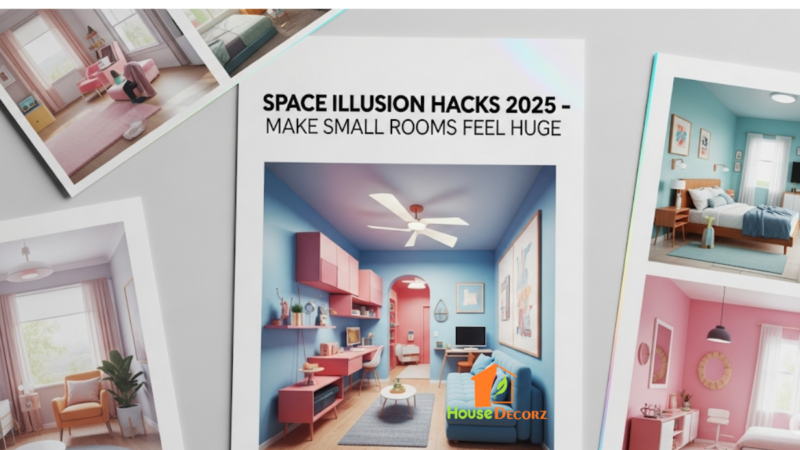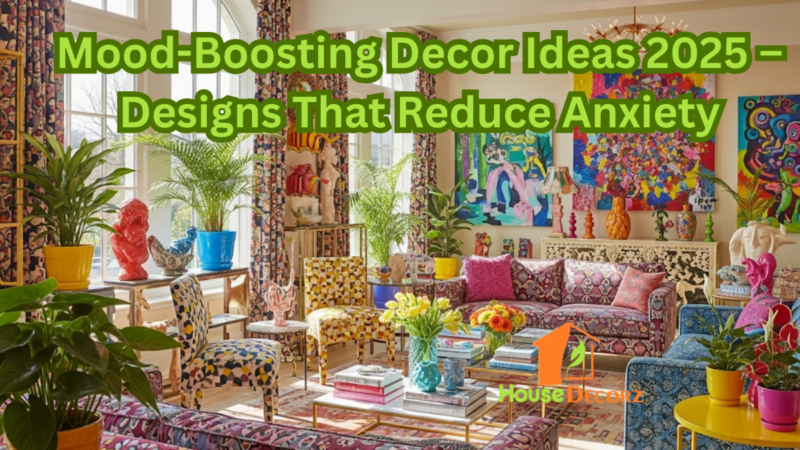How to Decorate Your Home Using Warm Color Tones

Creating a welcoming and comforting atmosphere in your home often starts with your color palette. Warm tones—such as terracotta, amber, golden yellow, soft reds, and rich browns—infuse your living space with a sense of energy and coziness.
Whether you want to refresh a single room or transform your entire home, learning how to decorate with warm tones can help you strike the perfect balance between comfort and style.
Here’s a detailed guide with practical insights, examples, and warm interior tips to help you embrace these beautiful, cozy hues in every part of your home.
What Are Warm Tones and Why Choose Them?
Warm tones are colors that evoke warmth, much like a glowing fire or a sunset. These include shades in the red, orange, yellow, and brown families. Unlike cool tones that can feel calm or sterile, warm colors energize spaces and create an inviting, intimate atmosphere.
Psychological Impact:
Warm colors stimulate conversation, increase appetite, and promote feelings of comfort—making them ideal for living rooms, dining areas, bedrooms, and even home offices.
Example: A burnt orange accent wall in the living room paired with tan furniture and gold-framed art can instantly make the room feel more grounded and vibrant.
Warm Interior Tips
Start with a Warm Foundation
If you’re planning a full room makeover, begin by selecting a base warm tone for the walls. Rich creams, muted terracotta, or buttery yellows make excellent choices that aren’t too bold but still radiate warmth.
Warm Interior Tip:
Use matte or eggshell finishes to enhance the softness and depth of warm shades without making them feel overpowering.
For smaller changes, consider adding warm undertones to your existing neutral walls using accessories, lighting, and furnishings.
Layer with Cozy Color Schemes
A cohesive color palette is essential for visual harmony. When decorating with warm tones, blend multiple shades to create a layered, sophisticated look.
Cozy Color Schemes Examples:
- Burnt sienna, caramel, and ivory
- Mustard yellow, olive green, and walnut brown
- Coral, rust, and warm gray
Design Tip: Stick to a 60-30-10 ratio: 60% of your dominant color, 30% secondary, and 10% accent. This keeps your design balanced and intentional.
Add Warmth Through Textiles and Texture
Fabrics play a crucial role in enhancing warm tones. Choose cozy textiles like wool, velvet, cotton, or linen in complementary warm colors.
Ideas to Try:
- A deep red throw blanket over a taupe sofa
- Amber or mustard-hued cushions with earthy brown curtains
- A plush terracotta rug to anchor a neutral floor
Texture adds dimension, making the space feel richer and more comfortable. Woven baskets, wooden furniture, and ceramic decor pieces all contribute to a layered, inviting aesthetic.
Use Warm Lighting for Atmosphere
Even the most beautiful warm-toned room can feel cold under the wrong lighting. Choose lighting that enhances the color temperature of your space.
Lighting Tips:
- Use bulbs labeled as “warm white” or “soft white” (around 2700K–3000K)
- Incorporate table lamps and floor lamps for a soft glow
- Consider string lights, paper lanterns, or candles for cozy evening ambiance
Accentuate with Natural Materials
Natural elements—like wood, leather, clay, and woven fibers—naturally have warm undertones. These materials pair effortlessly with your color palette and add organic charm.
Decor Ideas:
- A reclaimed wood coffee table in a rust-colored room
- Clay pottery and terra cotta planters for earthy appeal
- Leather armchairs or ottomans in caramel or cognac tones
Combining warm colors with nature-inspired materials helps your home feel timeless, lived-in, and serene.
Recommendation
Trending Wall Paint Colour Combinations for Indian Homes in 2025
Best Curtain Colour Combinations for a Modern Home in 2025
Trending Sofa Colours 2025 – Pick the Perfect Hue for Your Space
Best Bedroom Wall Colour Combinations for 2025 – Modern Dual Tones
How to Decorate Your Home Using Pastel Colors
FAQs
Q1: What are the best warm colors for small spaces?
A1: Lighter warm tones like soft peach, creamy beige, or warm white are ideal for small rooms. They make the space feel cozy without overwhelming it.
Q2: Can I mix warm and cool colors in the same room?
A2: Yes, but do so thoughtfully. Use warm tones as the dominant theme and incorporate cool shades like soft blues or greens as subtle accents to create contrast.
Q3: What is the easiest way to add warm tones without repainting?
A3: Add warmth through accessories like throw pillows, rugs, curtains, or artwork. Warm-toned lighting also instantly enhances the color temperature of your space.
Q4: Are warm tones suitable for modern or minimalist homes?
A4: Absolutely. Warm colors can soften the clean lines and simplicity of modern or minimalist interiors, making them feel more inviting and livable.
Q5: How do I choose the right cozy color scheme for my home?
A5: Start with one warm tone you love, then build your palette with analogous (next to it on the color wheel) or neutral shades to ensure harmony and comfort.
Final Thoughts
Learning how to decorate with warm tones is about more than just choosing the right paint color—it’s about creating an atmosphere that feels welcoming and harmonious.
By layering cozy color schemes, incorporating natural textures, and thoughtfully using lighting, you can transform any room into a relaxing haven.
Whether you’re updating a single space or your entire home, these warm interior tips will help you design a cozy and stylish sanctuary you’ll love to live in.






